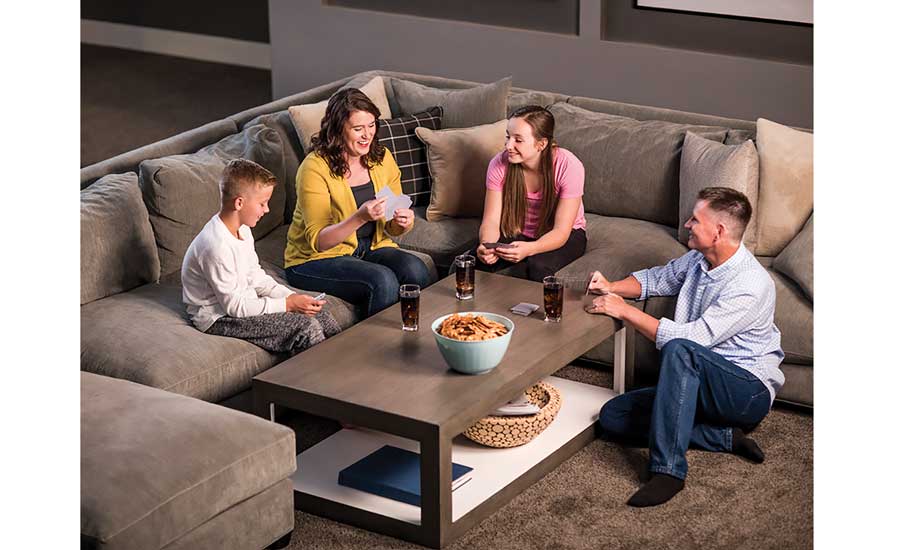HVAC professionals might be surprised to learn how important a properly-sized system is to ensure customer satisfaction.
Heating and cooling loads in a home drive how much an HVAC system needs to operate in order to maintain a comfortable temperature year-round. If the system is over- or undersized, it may waste energy, underperform, and increase utility costs for the homeowner. Therefore, accurately calculating heating and cooling loads — or the needs and requirements of a home — is an essential element of properly sizing an HVAC system.
Before exploring the three types of heating and cooling loads, it’s important to first outline the difference between two terms that are easy to confuse — load and capacity. Heating load refers to the amount of heating or cooling a building needs, while heating capacity is the amount of heating or cooling an HVAC appliance can provide. HVAC professionals base the size of the systems they install on their capacity to satisfy three different kinds of loads — design load, extreme load, and part load.
It’s imperative for HVAC professionals to understand the three different types of loads, the amount of heating or cooling a home needs, and how they relate to a unit’s capacity to provide the best HVAC experience for their customers.
DESIGN LOAD
The design load typically includes details of the home that don’t fluctuate — the layout of the building, insulation levels, its overall energy efficiency, and its orientation to the sun. Design loads serve as a guide for HVAC professionals, but because the temperatures outside fluctuate heavily, a house doesn’t always spend a lot of time in the conditions that calculated the design load. And for this reason, if an HVAC professional sizes a home’s heating and cooling equipment to meet design loads exactly, they may unwittingly specify and install the wrong size equipment.
EXTREME LOAD
Like its name implies, the extreme load occurs when experiencing extreme weather conditions — the hottest and coldest temperatures that any given location faces. But because there is often a buffer built into the load calculations, extreme loads rarely occur. In addition, there’s a lag time between when it’s hottest or coldest outside and when the home experiences the inside effects that you specify using extreme load specs.
PART LOAD
For the majority of the day, and throughout the year, heating and cooling loads fall below the design load. This means that properly-sized equipment may cycle on and off, which can hinder energy efficiency, humidity control, and comfort. So more often than not, an HVAC system is being asked to run at partial load.
HOW DOES LOAD TYPE AFFECT HVAC SIZING?
The process of determining heating and cooling loads plays an essential role in sizing air conditioners, heat pumps, and furnaces.
Many existing homes actually have grossly oversized heating oil or propane furnaces, resulting in heating systems that blast warm air — almost too quickly — when the thermostat calls for heat. When a furnace is sized for the home’s actual heating load, it offers greater comfort with what’s often a smaller, less expensive furnace.
To do this, an HVAC contractor must perform a heat load calculation, which considers changes in the home — additions, a finished basement, adding insulation to the attic, etc. New furnaces should be sized based on the unit’s output capacity, which is greater for high-efficiency furnaces than for lower-efficiency units.
A growing number of homeowners across the U.S. are choosing propane, as it delivers energy savings and comfort at an affordable cost.
High-efficiency propane furnaces offer ratings from 90 to 98 percent and can provide space heating for both small floor plans and large custom homes — making them a valuable addition to a variety of projects.
Every house is different, so it’s important that heating and cooling systems are designed for the correct load. Even the same house, rotated 90 degrees, could vary in cooling load by 25 percent or more. HVAC calculations require time and attention to detail, but it will make a world of difference in a home’s performance and a customer’s satisfaction.
Publication date: 5/20/2019
Want more HVAC industry news and information? Join The NEWS on Facebook, Twitter, and LinkedIn today!


Report Abusive Comment